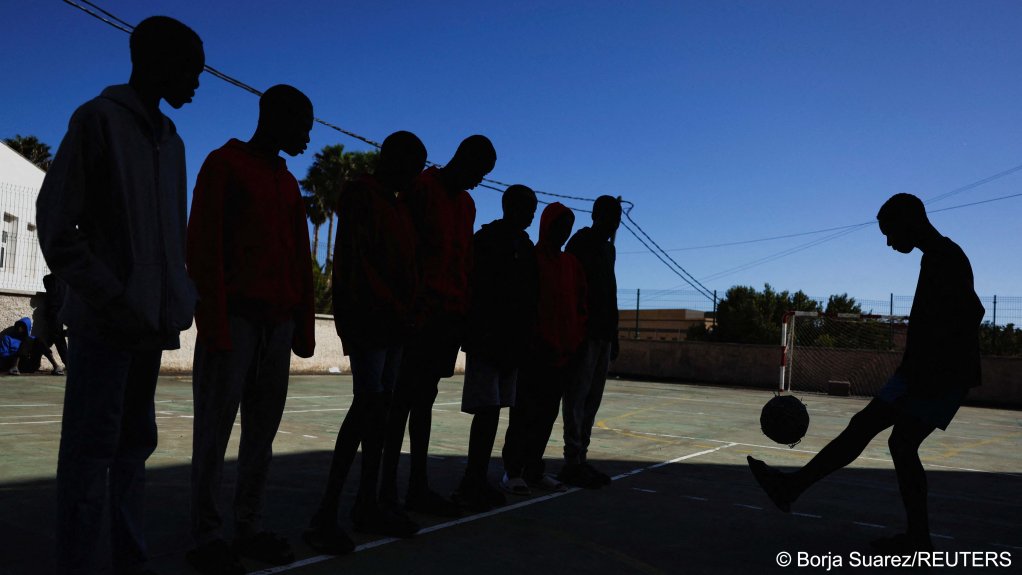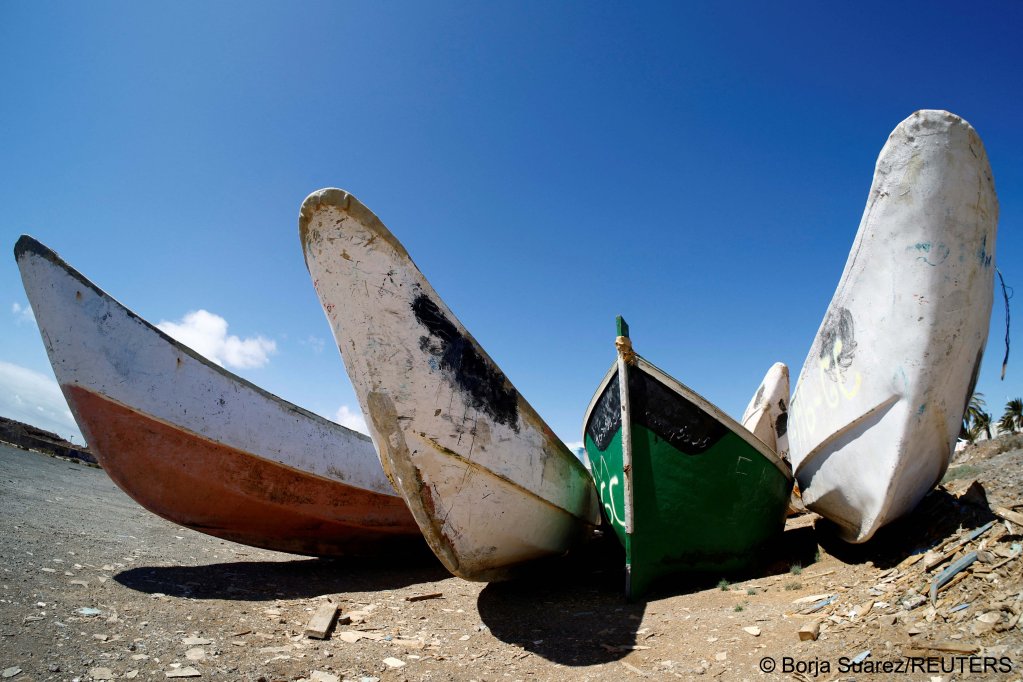The Spanish maritime rescue service Salvamento Maritimo has saved the lives of 263 persons traveling aboard five boats to the Canary Islands in the last 24 hours. Emergency services told Spain's EFE news agency that the rescued migrants had arrived in Tenerife, Gran Canaria, El Hierro, and Fuerteventura.
Salvamento Maritimo's rescue operations began when on Tuesday morning, a group of 55 migrants on an inflatable dinghy were intercepted and taken to Puerto del Rosario on the Canary Island of Fuerteventura.
This was followed by another 139 persons who were saved in two consecutive operations and later were disembarked on the island of El Hierro.
In the afternoon, the government agency saved 21 men on board a so-called cayuco -- a small, wooden fishing boat used in West Africa -- and took the group to Gran Canaria, where they docked in the port of Arguineguin.
The last to be rescued that day was a group of irregular migrants detected about 20 kilometers southeast of the island of La Gomera. The group of 48 migrants, including five women, had called for help after their cayuco ran into trouble. Upon rescue, the group of migrants headed to the port of Los Cristianos on the island of Tenerife.
The last group to be rescued was also reported to have two unaccompanied minors among them, while there is no information about the ages of the prior rescues on April 1.

Unaccompanied minors in the Canaries
Many of the groups of irregular migrants that reach the Canary Islands include underage minors, which has been problematic for the local government of the Canary Islands to handle.
Under Spanish law, local governments are in charge of taking care of underage individuals in a manner that fits their needs. However, there simply aren't enough spaces to host hundreds of minors who continue to reach the island group annually.
Currently, there are around 5,400 unaccompanied minors spread across the Canary Islands, with only 900 spots available.
Read AlsoSpain: More than 4,000 unaccompanied minors to be distributed nationwide
Attempts to shift at least some of that responsibility to the central government in Madrid and redistribute minors throughout the country now have finally come to fruition:
Despite repeated setbacks over months amid a highly polarized political environment in the Spanish parliament, lawmakers have recently agreed to take 4,400 migrant youths to the mainland and redistribute them there.

A deadly sea route
Arrival numbers in Spain's Canary Islands have decreased by as much as 28 percent in the first quarter of 2025 compared to the same period in 2024, dropping from 13,095 to 9,424 instances, according to data from the Spanish Ministry of the Interior.
That said, the overall number of arrivals in 2024 marked an increase of 18 percent compared to the previous year, with almost 47,000 people reaching the archipelago in the Atlantic Ocean -- the highest figure since the EU's external border agency Frontex began collecting data in 2009.
Read AlsoEU border crossings down 25 percent, but Central Mediterranean route sees increase
In total, nearly 64,000 migrants managed to reach various Spanish territories in 2024.
Meanwhile, aid organizations like Caminando Fronteras say they have documented as many as 10,000 deaths on the Atlantic route to the Canary Islands in 2024 alone.
Read AlsoRecord toll for migrants missing at sea: Spanish NGO
with EFE
